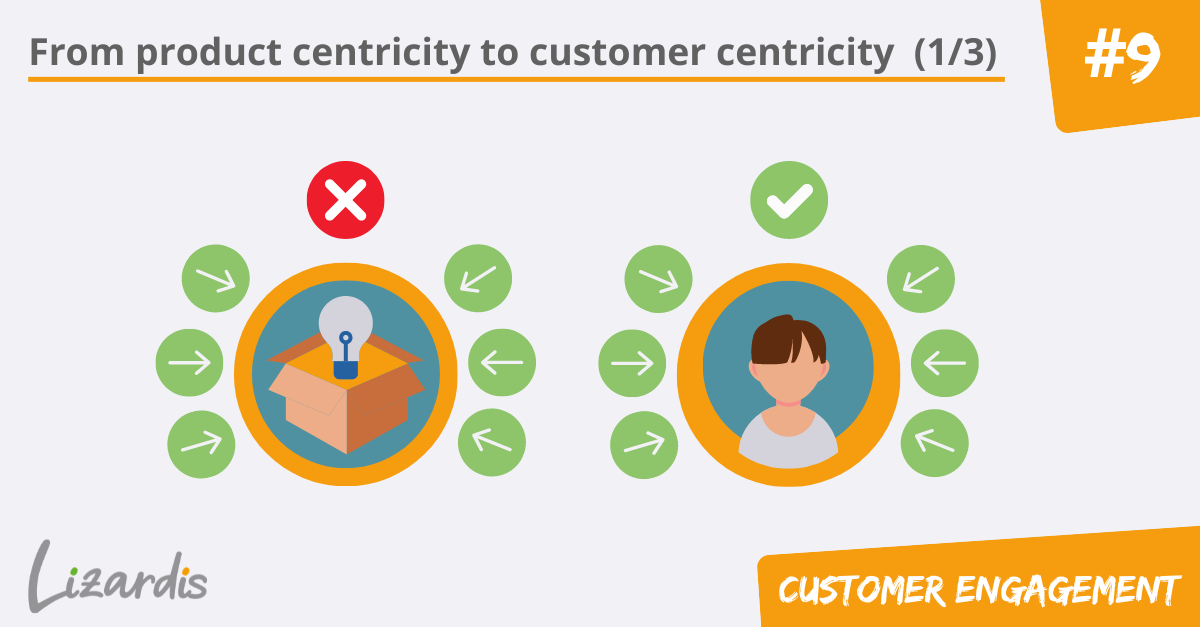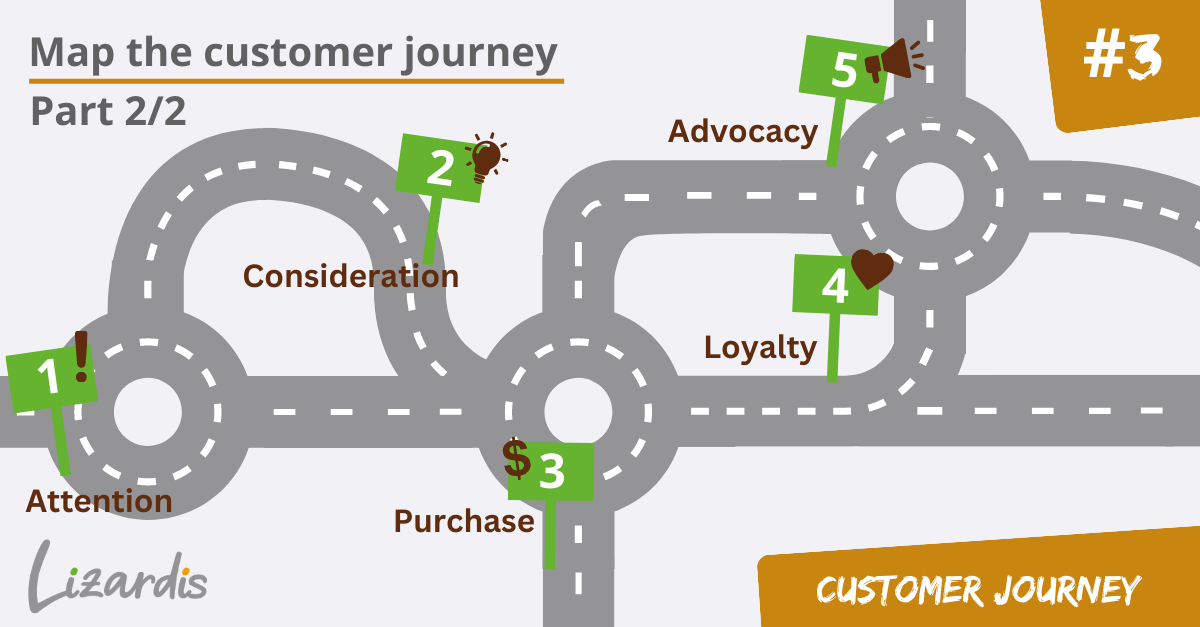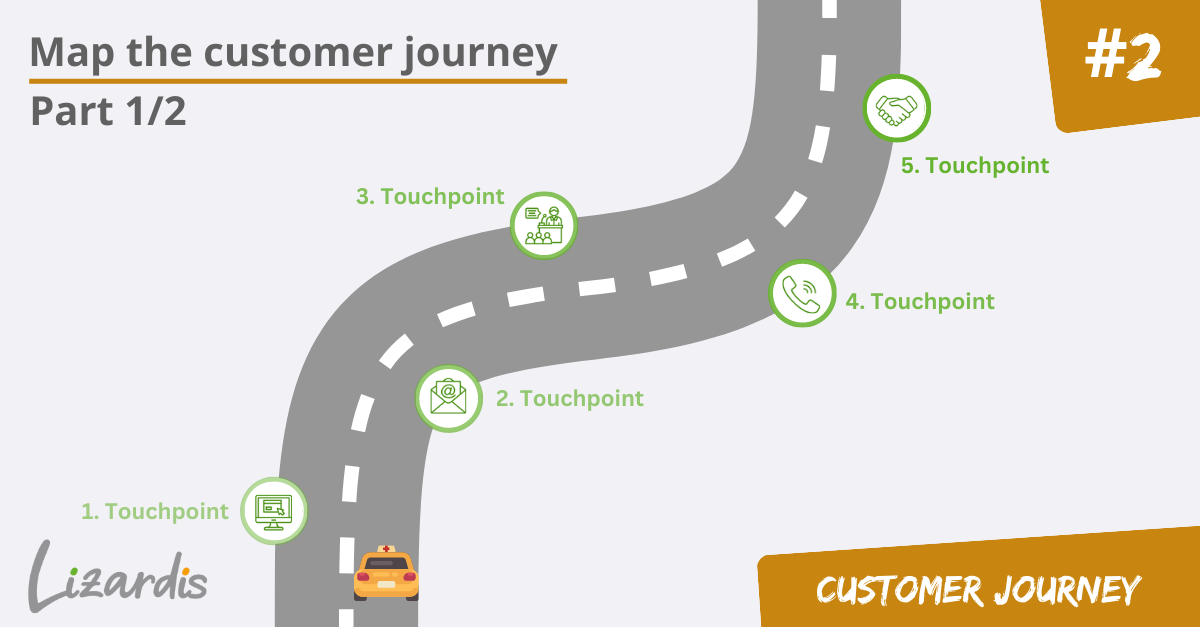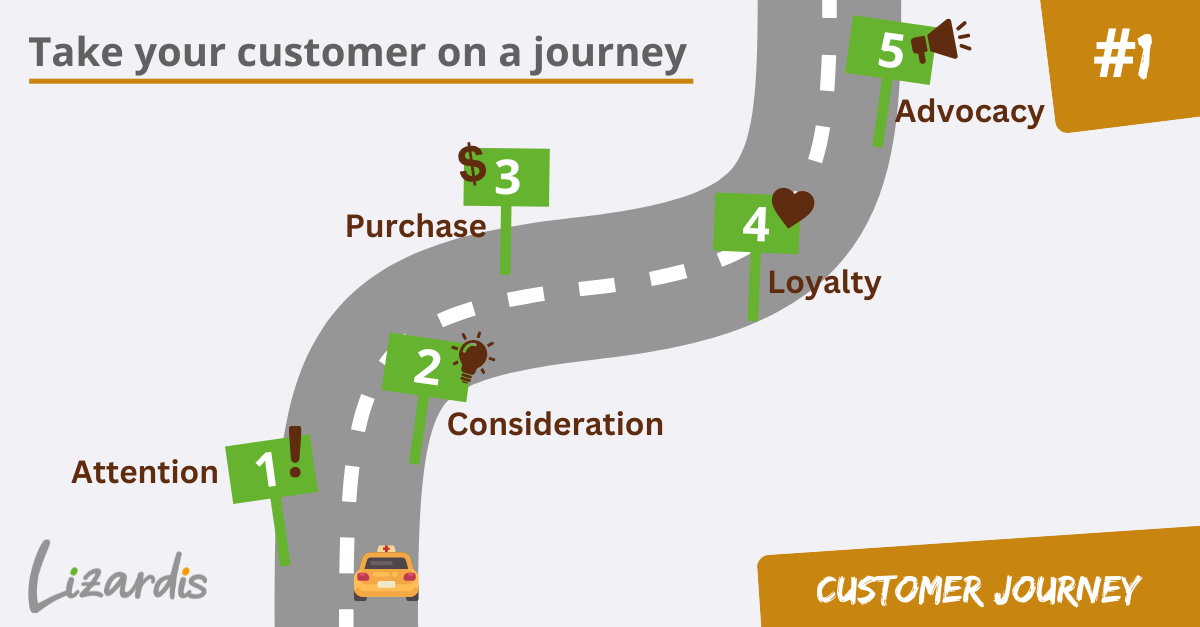Hanover, February 13 2023
While we have addressed the nature of customer engagement, its importance and the question how to develop customers into engaged customers in our previous posts, this article aims at informing you on what life science companies should know about their customers, how to inspire them to even further engage themselves, and how we have come to that particular knowledge.
A suitable tool for identifying existing knowledge about the customer, but also knowledge gaps and further need for knowledge, are questions.
How can questions be of help?
Based on HCPs that are recorded in the life sciences company’s CRM system, for example, a lot of data about them is, after all, already available. So why exactly should I begin with questions when it comes to rating the customer engagement instead of simply analyzing the data that is already available to me?
In many projects, I have found that questions help to focus on the issues that need to be addressed e.g., in a prioritized way.
Business cases, i.e. scenarios and use cases, then crystallize from the questions. The advantage of such an approach is that questions can be grouped around topics. This ensures that a topic is approached from all sides and that, as far as possible, no perspective is disregarded. Only then should the data collected be used to define KPIs that provide answers to the questions raised.
What type of question should be used?
Given the four basic forms of questions, closed, open, suggestive, and rhetorical – and I am deliberately simplifying here – it is easy to see that not every form can be considered for the questions that should be asked in relation to HCPs. Suggestive questions give a specific answer from the outset. Rhetorical questions are not questions, but statements dressed up as questions. This already rules out two forms of questioning, as they cannot be used to find out anything about the customer that the life sciences company does not already know.
Thus, only closed and open questions remain as possible forms for the described approach. Looking at the closed questions first, it is easy to see that this form of questioning can certainly be chosen as a useful option. To the question “Does my company even know all the HCPs that should be approached for the product in question?”, the answers can be “Yes”, “No” or “Hopefully”. However, answers like these are only of limited value and use.
Therefore, the only sensible form of question that a life sciences company should choose in the context of customer engagement is open-ended questions. Aside from more general questions such as “Which HCPs with which specialties can prescribe my product?” or “What are the factors and arguments in favor of using my medication?”, it is then mainly specific questions that need to be applied to HCPs individually so that individual HCPs can be better classified!
When collecting questions, it is equally important not to restrict or even exclude entire blocks of topics from the outset. This is where creative thinking becomes a necessity, and this works best, for example, by means of brainstorming or other creativity techniques, when everything is allowed. Moreover, all business units or departments should formulate questions together. It helps very little if, for example, only the marketing department deals with such a task.
Inevitably, such an approach also raises questions to which there cannot yet be answers. This may be because, for example, my multichannel or omnichannel strategy is not as far developed or the corresponding data is not (yet) collected.
Nevertheless, it is important to also formulate and allow for such questions to identify what my next steps should be on the way to implementing such a strategy. A customer journey map, which we will discuss in later articles, cannot be created overnight, but is developed successively. Additionally, it helps a lot if I can later refer back to questions that I have already found in advance.
How can I phrase such questions?
When formulating questions, it is important that a question only addresses one aspect of the customer at a time. Combining questions on the same topic within a single question, or even mixing different topics into a single question, can result in a KPI that subsequently leaves room for interpretation and can no longer provide clear answers. Although this results in a significantly longer list of questions, the insights that I obtain from the matching KPIs are all the more precise for it. With these basic parameters in mind, questions can be formulated such as:
- “Which customers already prescribe the medication in question based on experience and conviction?”,
- “Which of these customers have given my company consent to use their email address?” and going even further
- “Which HCPs open the emails sent to them?” as well as
- “Which customers click on links in the emails leading to content relevant to them?”,
- “How many of these customers then also use the email channel to communicate with the sales rep responsible for them as well as other departments?” or
- “Which customers independently research information on the medication’s use on my company’s websites?” and
- “Which HCPs are participating in my company’s digital training opportunities in the form of e-learning or online events?”.
As we can see, some questions inevitably lead to follow-up questions, which in turn lead to even more questions. Despite all the encouragement for creativity, there must therefore also be a corrective that is used so as not to lose sight of the actual objective.
How far do I go with my questions?
Even if I already know the answers to the first questions, e.g. because the data and KPIs are already available, I should not leave it at these “first” questions, as previously stated, but rather build on them by allowing and formulating further questions. Based on the question about the HCP’s use of the email channel, I can subsequently ask, for example:
- “Which emails from which sender are opened by the customer?”,
- “In which emails did the physician click on a link?”
- “Which link was clicked on most frequently?” or
- “Which customers use login data on my company’s websites and log in more than once, if necessary, to receive information relevant to them?”
Then again, when formulating all these questions, it is also imperative to check whether the questions and the answers I receive help me to achieve a 360° view of the HCP, to come to the right conclusions, and to further improve an HCP’s customer engagement. In other words, the aforementioned corrective must take effect here, so that in the end not too much data is collected that is then not used.
As a reminder: what is the goal of Customer Engagement?
It is always important for me to keep in mind what my goal is: to get to know the HCP and his or her activities and interests so well that I can offer him or her real added value with my services. In this way, I encourage the HCP to become more involved with my company or my product, and I can stand out from my competitors!
After all, the further I progress with asking the HCP my questions, the better I get to know the customer based on his or her answers, and the more I show sincere interest in him or her. On the part of the HCP, this leads to a justified feeling of appreciation by my company and subsequently creates a bond. The fact that this HCP is “committed” to me because I am “committed” to him is then a natural consequence.
Now that we know the content and types of questions that should be asked about a life sciences company’s customers, the next article will examine the types of customer data that exist and the systems in which they are recorded and mapped.
You want more insights?
Check out our other blog articles about customer engagement!
Omnichannel-Management: From product centricity to customer centricity (1/3)
Omnichannel marketing enables the shift from product centricity to customer centricity. Learn more about how it differs from other concepts.
Mapping Life Sciences Customers in the Customer Journey (2/2)
The ideal-typical course of the Customer Journey with phases 1 to 5 not always realistic. Also consider alternative paths that your HPCs follow.
Mapping Life Sciences Customers in the Customer Journey (1/2)
Get to know your customers better by developing customer journey maps for different personas to improve customer engagement.
The Customer Journey in Life Sciences: Taking the customer on a journey – what does that mean?
Develop your contacts along the customer journey into sustainable customers. In our article, we tell you what to look out for in the life sciences environment.






